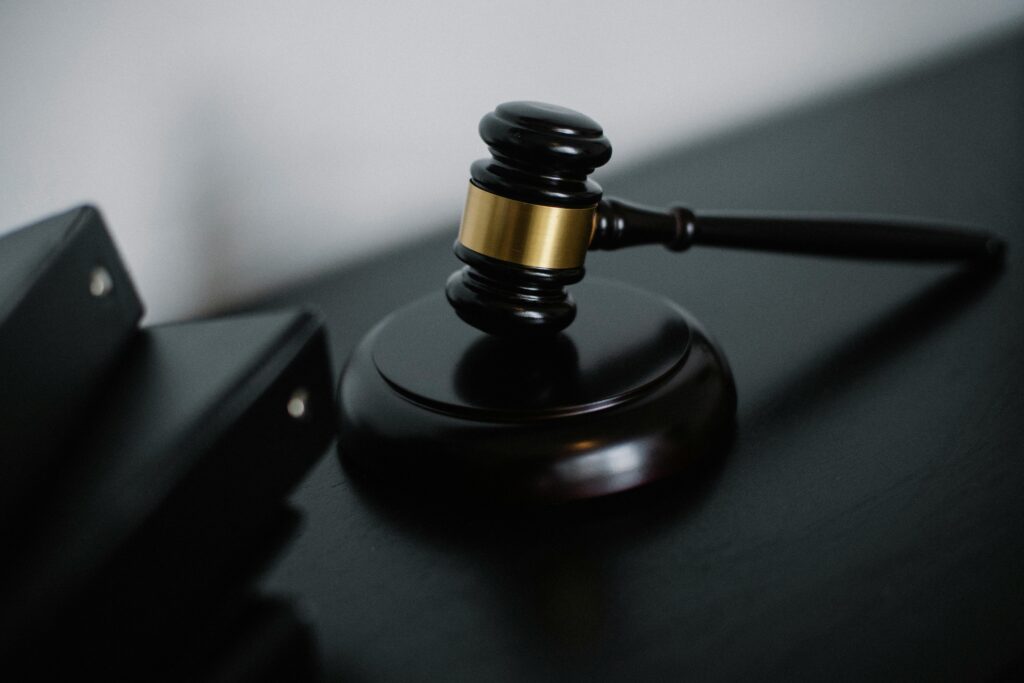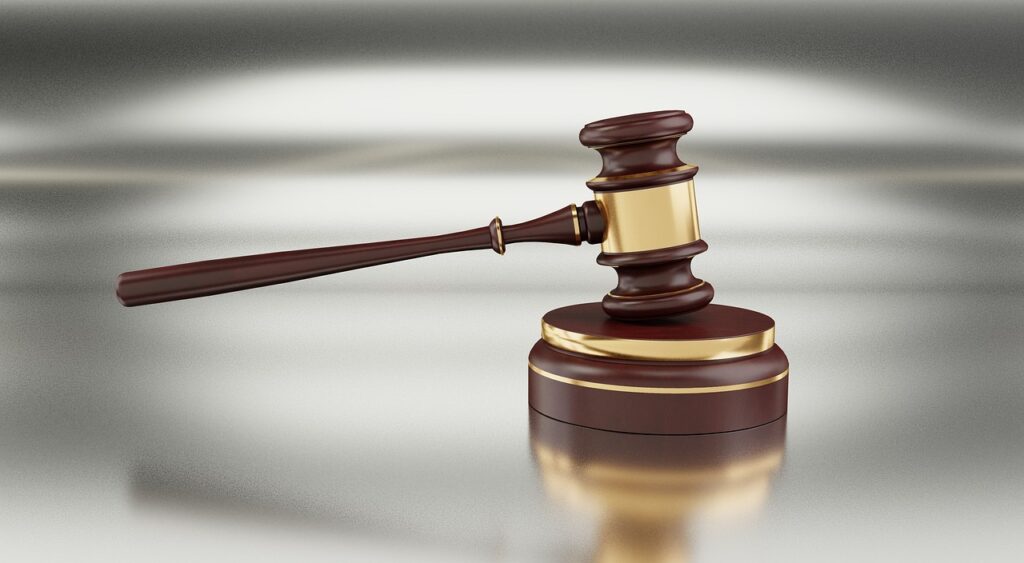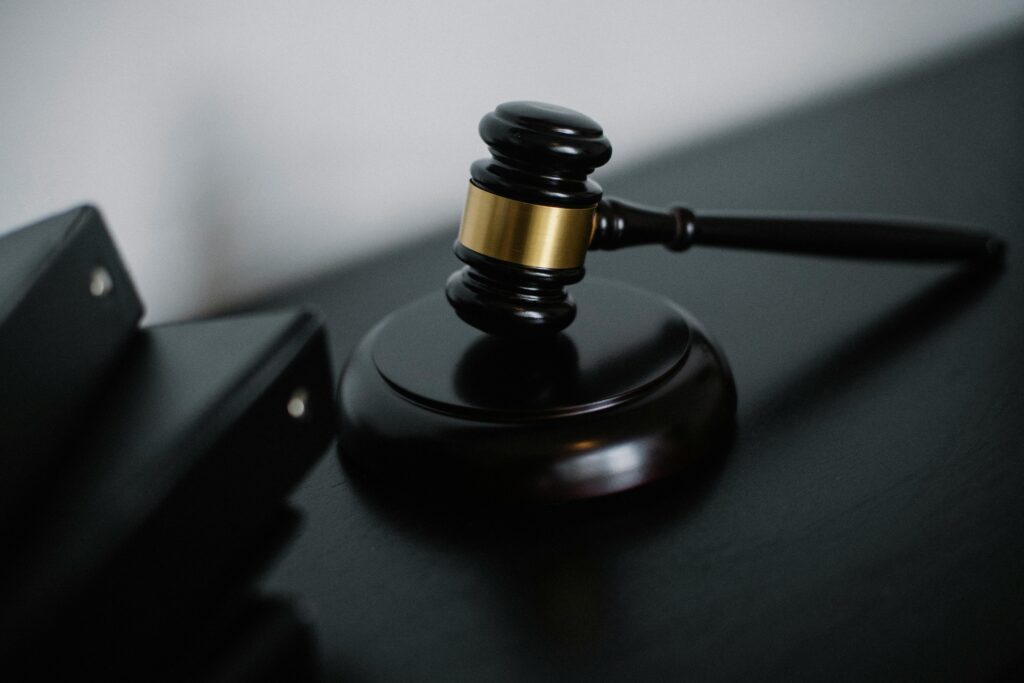Published On: 21st August 2025
Authored By: Devang Pandey
Brahmanand (Chhatrapati Shahu Ji Maharaj University)
Case Name: In Re: Article 370 Abrogation
Court: Supreme Court of India (Constitution Bench)
Date of Decision: 11th December 2023
Citation: 2023 INSC, 1058
Bench: Justice D Y Chandrachud, Justice B R Gavai, Justice Surya Kant, Justice Kishan Kaul, Justice Sanjiv Khanna
Statement of Facts
- Article 370 was inserted in the Indian Constitution in 1950 to grant special status to the erstwhile State of Jammu and Kashmir, allowing its own Constitution and autonomy over internal matters.
- On 5th August 2019, the President of India issued Constitution (Application to Jammu and Kashmir) Order, 2019 (C.O. 272) applying all provisions of the Indian Constitution to J&K.
- It amended Article 367 to reinterpret “Constituent Assembly” as “Legislative Assembly,” thereby circumventing the original requirement in Article 370(3).
- This was followed by Presidential Order C.O. 273 and The Jammu and Kashmir Reorganisation Act, 2019, which bifurcated the State into two Union Territories – Jammu & Kashmir and Ladakh.
- Over 20 petitions were filed challenging the constitutional validity of this unilateral abrogation of Article 370, state reorganization, and the alteration of federal structure without public or legislative consultation.
Procedural History
- The matter was referred to a five-judge Constitution Bench, led by Chief Justice D.Y. Chandrachud.
- Petitions were clubbed, and hearings were conducted extensively over multiple weeks.
- It revisited constitutional interpretations involving Article 370, Article 3, Article 356, and the limits of presidential and parliamentary powers.
- The Bench delivered a unanimous decision on 11th December 2023.
Issues
Substantive Issues:
- Whether Article 370 had become permanent after the dissolution of the J&K Constituent Assembly in 1957?
- Whether the modification of Article 367 to redefine “Constituent Assembly” as “Legislative Assembly” was valid?
- Can Parliament and the President act in place of the J&K State Legislature under Article 356 to recommend abrogation?
- Whether the Jammu and Kashmir Reorganisation Act, 2019, which split the State into Union Territories, is constitutionally valid?
Procedural Issue:
- Was it constitutionally permissible to alter Article 370 via Presidential Rule in the State?
Judgment
- The Hon’ble Supreme Court unanimously upheld the abrogation of Article 370.
- The Court ruled that Article 370 was temporary and its abrogation by the President under Article 370(3) was valid even in the absence of a Constituent Assembly.
- The modification of Article 367 was held valid as per Article 370(1)(d).
- The use of Article 356 (President’s Rule) to fulfil the recommendation requirement under Article 370(3) was upheld.
- However, the Court directed the restoration of Statehood to Jammu & Kashmir at the earliest.
Holding
- Article 370 was a temporary provision and could be abrogated by Presidential action.
- Parliament and President, during President’s Rule under Article 356, can perform legislative functions of a State.
- Reorganization of the State into Union Territories was valid, though not meant to be a permanent measure.
- Restoration of democratic processes and statehood is a constitutional obligation.
Rule of Law or Legal Principle Applied
- Article 370(3) allows the President to declare the Article inoperative with the recommendation of the Constituent Assembly – interpreted as possible even after the Assembly ceased to exist.
- Article 356, when invoked, allows the Parliament to assume the role of the State Legislature, hence the recommendation requirement was deemed fulfilled.
- The power under Article 3, to reorganize states, was deemed applicable to J&K post abrogation of special status.
Reasoning
- The Court held that temporary and transitional provisions like Article 370 were meant to facilitate integration, not perpetuate special autonomy.
- Since the Constituent Assembly ceased to exist, its recommendation could no longer be obtained, and the provision became self-executory.
- Amending Article 367 was seen as a procedural step to give effect to the President’s intention under Article 370(3).
- The Union’s power under Article 3 is not restricted for special-status states once such status is removed.
Concurring/Dissenting Opinions
- Unanimous Decision: All five judges agreed on the core findings.
- Justice Sanjay Kishan Kaul (Concurring): Emphasised the need for truth and reconciliation and acknowledged the historical grievances of the people of Kashmir.
- Justice D.Y. Chandrachud (CJI): Held that the action was legally sustainable and in national interest, but highlighted the need to restore full democracy and elections in the region.
Additional Comments/Personal Impressions
- This judgment marks a significant shift in India’s federal architecture, by validating central intervention and executive-led constitutional restructuring.
- It redefines autonomy, integration, and democracy in the context of national security and unity.
- The ruling is controversial among constitutional scholars for giving wide leeway to the executive’s interpretive power.
- It remains legally sound, but its political and civil rights implications are being debated across the country and internationally.
Conclusion
The Supreme Court’s judgment in In Re: Article 370 Abrogation (2023) is one of the most critical constitutional pronouncements post-Kesavananda Bharati. It upholds the supremacy of parliamentary power, redefines the federal spirit, and reinterprets constitutional temporality through the lens of national integration and constitutional unity. The decision not only altered the territorial status of a state but also reshaped judicial precedent on how transitional constitutional provisions are applied and understood.




